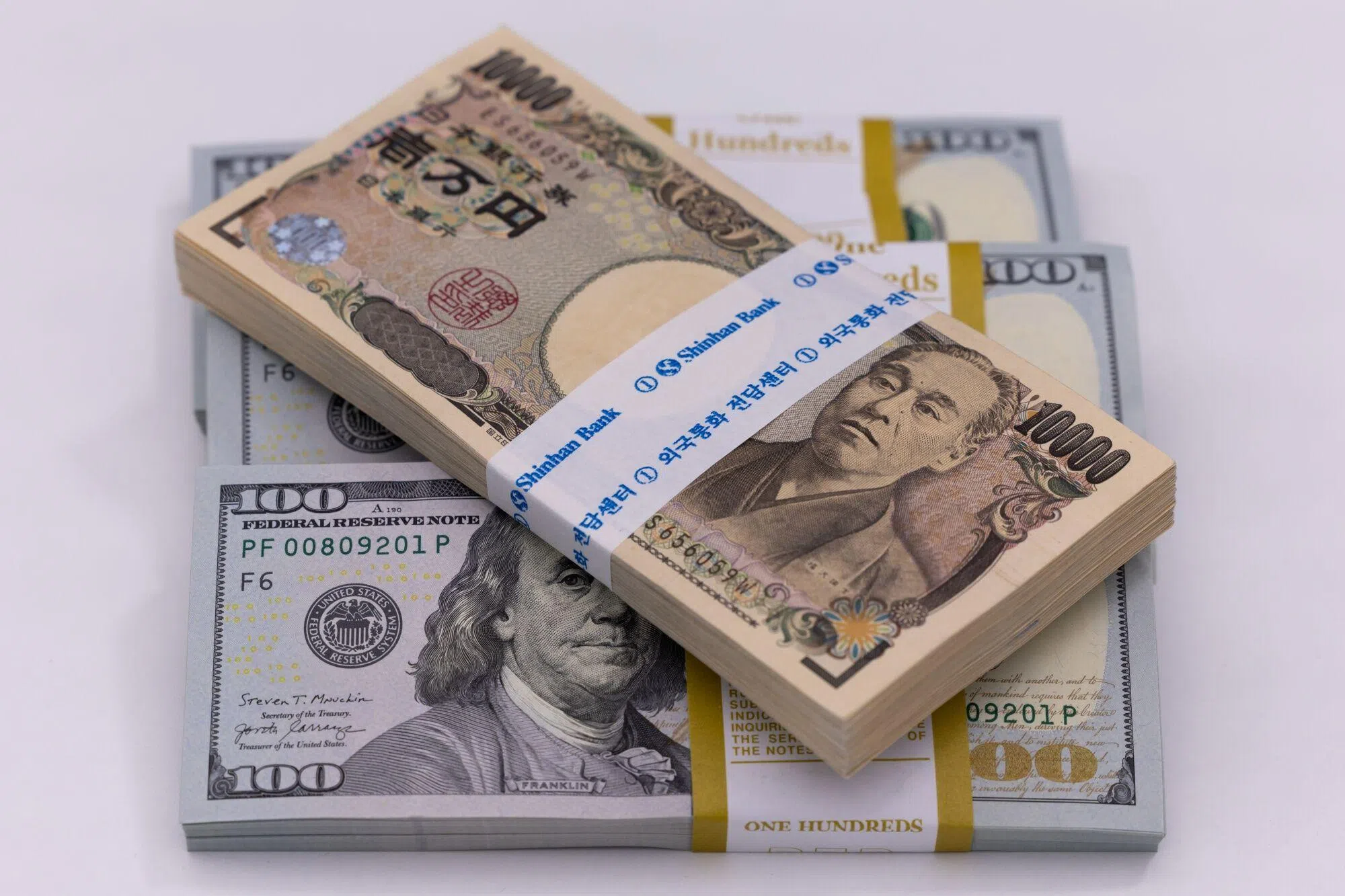THE US dollar rebounded on Friday (Jun 7) after data showed that the economy created a lot more jobs than expected last month, suggesting that the Federal Reserve could take time in starting its easing cycle this year.
The dollar index rose 0.8 per cent to 104.91, its best daily gain since Apr 10. For the week, the index was on track for a 0.2 per cent gain, with the strong jobs number offsetting a run of weaker macro data.
US non-farm payrolls expanded by 272,000 jobs last month, data showed, while revisions showed 15,000 fewer jobs created in March and April combined, than previously reported. Economists polled by Reuters had forecast payrolls advancing by 185,000.
Average hourly earnings rose 0.4 per cent after having slowed to a 0.2 per cent rate in April.
Wages increased 4.1 per cent in the 12 months through May following an upwardly revised 4.0 per cent annual rise the prior month.
The unemployment rate, however, edged up to 4 per cent from 3.9 per cent in April, breaching a level that had previously held for 27 straight months.
“The markets and the Fed bow down to the holy grail of one number, and it is the payrolls report. Of course, it is not just about that headline print but also the higher-than-expected wage number,” said David Rosenberg, founder and president of Rosenberg Research in Montreal.
GET BT IN YOUR INBOX DAILY
Start and end each day with the latest news stories and analyses delivered straight to your inbox.
“But as they say – ‘it is what it is.’ And because we know what the Fed is laser-focused on, and how the Fed is so omnipresent when it comes to market activity in stocks and bonds, consider this to be a bearish report because it simply will embolden the hawks on the FOMC (Federal Open Market Committee).”
The FOMC is not expected to make any change at its coming policy meeting. Following the jobs data, the rate futures market has priced in just one cut of 25 basis points this year, either at the November or December meeting, according to the London Stock Exchange Group’s rate probability app. The chances of a rate cut in September declined to about 50.8 per cent post-jobs, from around 70 per cent late on Thursday.
The dollar rose 0.6 per cent against the yen to 156.64. It was still down 0.4 per cent on the week, on track for its worst weekly performance since late April.
Consensus is building in the market for an imminent reduction in the Bank of Japan’s monthly bond purchases as a means of tightening credit conditions. Despite recent firmness, the yen remains not far from the 34-year trough beyond 160 per dollar reached at the end of April.
The euro dropped 0.8 per cent versus the dollar to US$1.0803. On the week, it slid 0.4 per cent.
The currency’s losses also came a day after the European Central Bank cut rates in a well-telegraphed move, but offered few hints about the outlook for monetary policy given that inflation is still above target.
Sterling, meanwhile, retreated 0.5 per cent against the dollar to US$1.2722 after earlier in the session hitting US$1.2825, the highest level since mid-March. REUTERS







